Here are a few homemade lightweight camping meals that you can put together at home. Along with a recipe for an instant lentil soup that is packed with vegetables and sustaining energy.
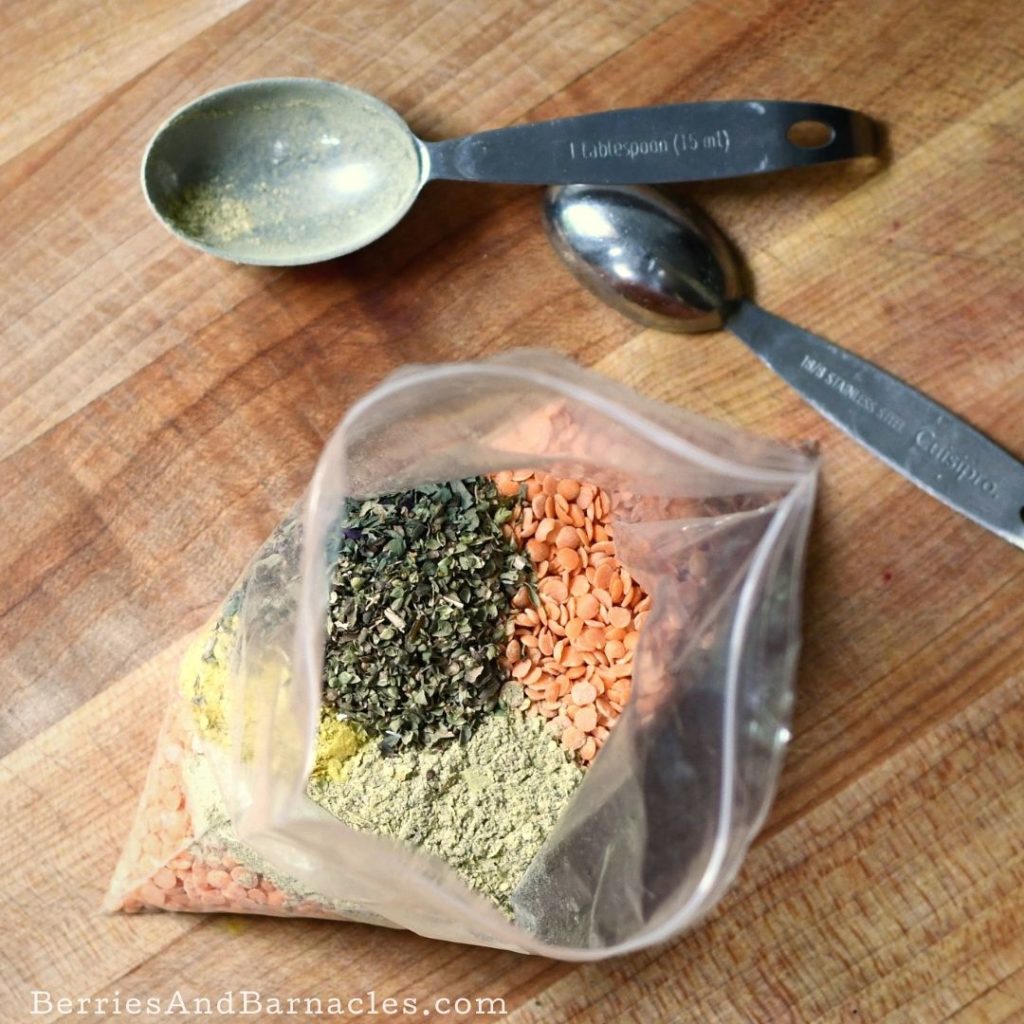
We have always been lightweight camping people. Even if we aren’t on a hiking or paddling trip, we’ll arrive at our campsite by bike. So lightweight camping meals are a must!
The trick is that most (all?) pre-packaged meals are full of sulfites… and sulfites are a pretty big allergen in our family. So I had to create a bunch of homemade backpacking meals to feed our family of four.
Why make lightweight camping meals?
I come by my interest in homemade backpacking meals honestly. In 2003, my mother published a camping book that was at least 50% homemade backpacking recipes. Her recipes are quite the labor of love… involving fully dehydrating salsa and things like that. To be honest, I don’t have time for dehydrating more than a few ingredients, so I needed to come up with recipes that could easily be put together with what I have on hand.
Here are a few reasons why I have never bought packaged lightweight camping meals.
- Costs: Back when we were students, we couldn’t afford to buy fancy prepackaged camping meals.
- Diet: By the time we were able to afford fancy camping meals (after we’d finished school) we also had a 3-year-old kid with a lengthy list of foods that the allergist told us to avoid. Most notably… sulfites. Pretty much every dehydrated food (especially potatoes and vegetables) is high in sulfites.
- Packaging: Seems counter-intuitive to get back to nature by creating a ton of garbage that needs to be carried back out of nature. Commercial backpacking meals are pretty packaging-intensive.
A few lightweight meals
I have a bunch of lightweight camping meals that are on my go-to list. All of them are 1-pot meals (we only have one pot!) or can be cooked over a fire. Some of them use fresh vegetables or other ingredients. However, when we go backpacking, we do dehydrate everything so all we have to add is water.
A few of my go-to dehydrated foods are:
- Dehydrated black beans which I turn into Mexi bowls or bean soup.
- My mother has three recipes for backpacking bannock in her cookbook.
- Instant oatmeal with dried fruits and nuts.
- Quinoa cooks up quickly and can be used to make all sorts of dishes. And unlike instant rice and potatoes, it’s full of protein and no sulfites.
- Instant hummus is perfect as a dip or wrap.
Instant Soup
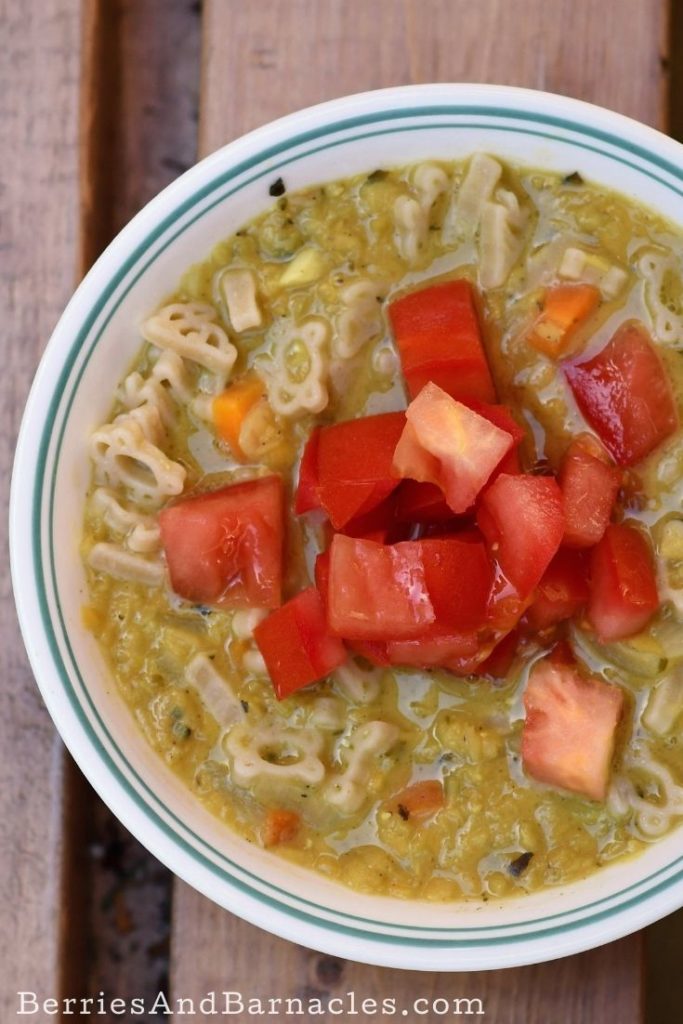
This lentil noodle soup is pretty much always on my to-make list. It’s more of a concept than a particular recipe because the basic soup base can be made with any fresh or dehydrated vegetables.
If we’re cycle camping we pick up whatever vegetables we can: carrots, peppers, leafy greens, onions, garlic, and tomatoes. Really anything works!
If we’re backpacking we make a dehydrated veggie mix out of dried onions, carrots, sweet peas, and red peppers.
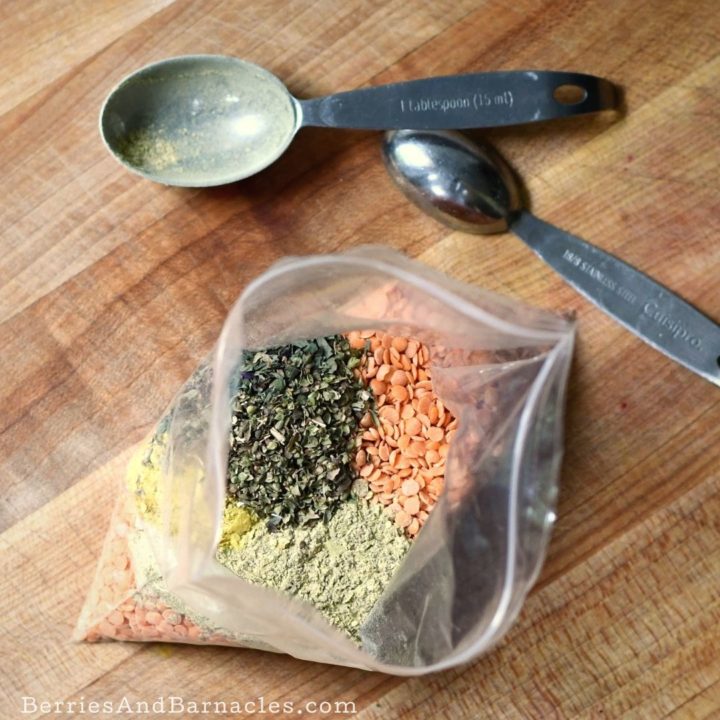
Instant Lentil Soup
This lentil noodle soup is pretty much always on my to-make list for light-weight camping trips (backpacking, paddling, or cycle touring). It can be made with whatever fresh or dehydrated vegetables you have on hand. See the section above for details.
Ingredients
- 1/2 cup of alphabet pasta (or other tiny pasta)
- 1 cup of red lentils
- 2 tsp bullion powder
- 2 tsp dried parsley
- 1 tsp dried basil
- 1 tsp nutritional yeast
- 1/2 cup of dehydrated vegetables (or fresh vegetables like 1 onion, 2 cloves of garlic, and 1 large carrot)
- Small container of cooking oil
- Salt and pepper, to taste
Instructions
Prepare At Home
- Mix the bouillon, herbs, and nutritional yeast in a zip-top bag to make an instant lentil soup base. If you’re using dehydrated vegetables, add those to the soup base as well.
- The pasta is added after the lentils have cooked, so it needs to be in its own zip-top bag. If you can’t find alphabet noodles or tiny shapes, break up pieces of spaghetti. The goal is to have pasta that can easily cook in 5 minutes.
At Camp
- Add 2 cups of water to the zip-top bag with the lentils. Soak for at least 30 minutes and up to 2 hours ahead of cooking. This makes everything cook quicker.
- If you’re using fresh vegetables, diced them. Heat 1 Tbsp of cooking oil in the soup pot. Add the vegetables and saute until soft. Otherwise, add the cooking oil to the pot just before adding the soup mix.
- Dump the contents of the zip-top bag into the pot with another 3 cups of water. Bring it all to a boil. Once it’s boiling add the pasta and cook for 5 to 7 minutes. Add salt and pepper, to taste.
- Serve with more water, if necessary, to give it a soup-like consistency. The exact amount needed will depend on whether you used fresh or dehydrated vegetables.
Nutrition Information:
Yield: 2 Serving Size: 1Amount Per Serving: Calories: 260Total Fat: 8gSaturated Fat: 1gTrans Fat: 0gUnsaturated Fat: 7gCholesterol: 0mgSodium: 403mgCarbohydrates: 36gFiber: 11gSugar: 3gProtein: 13g

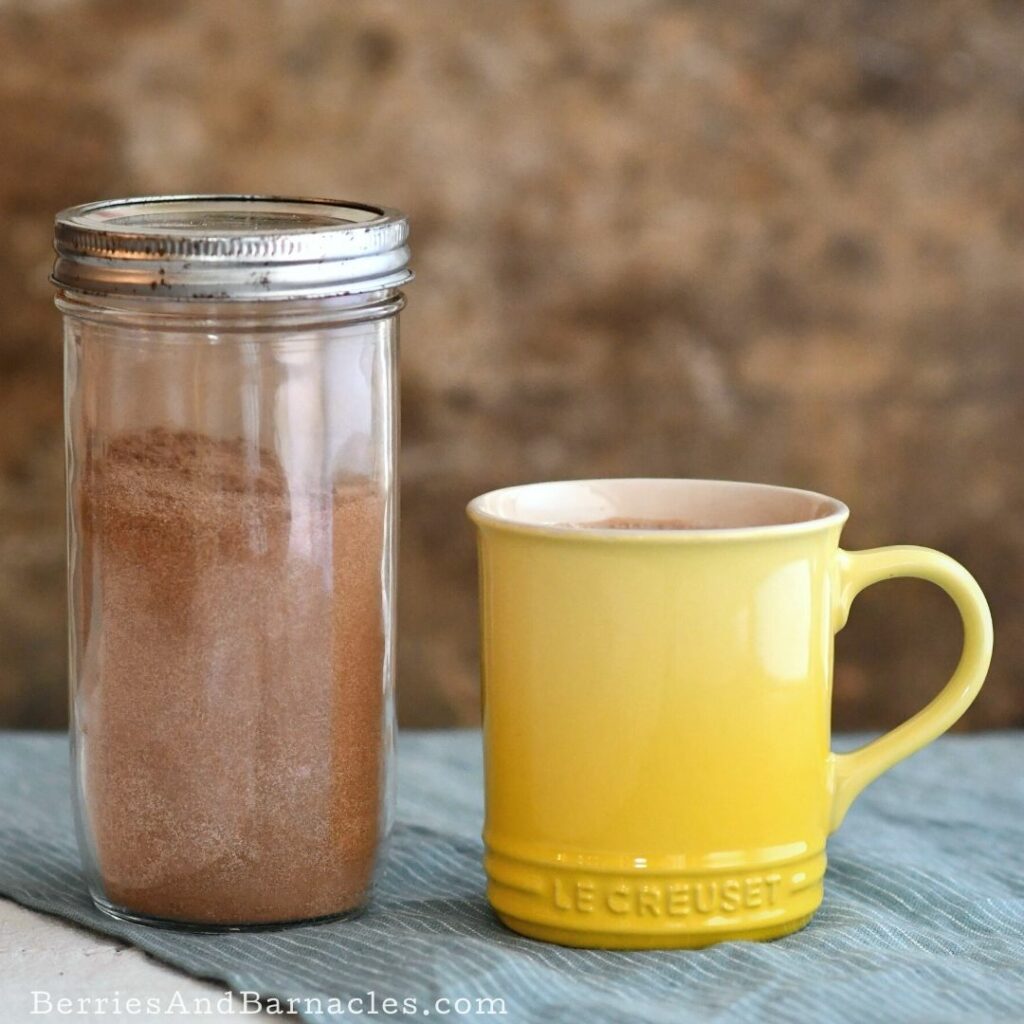
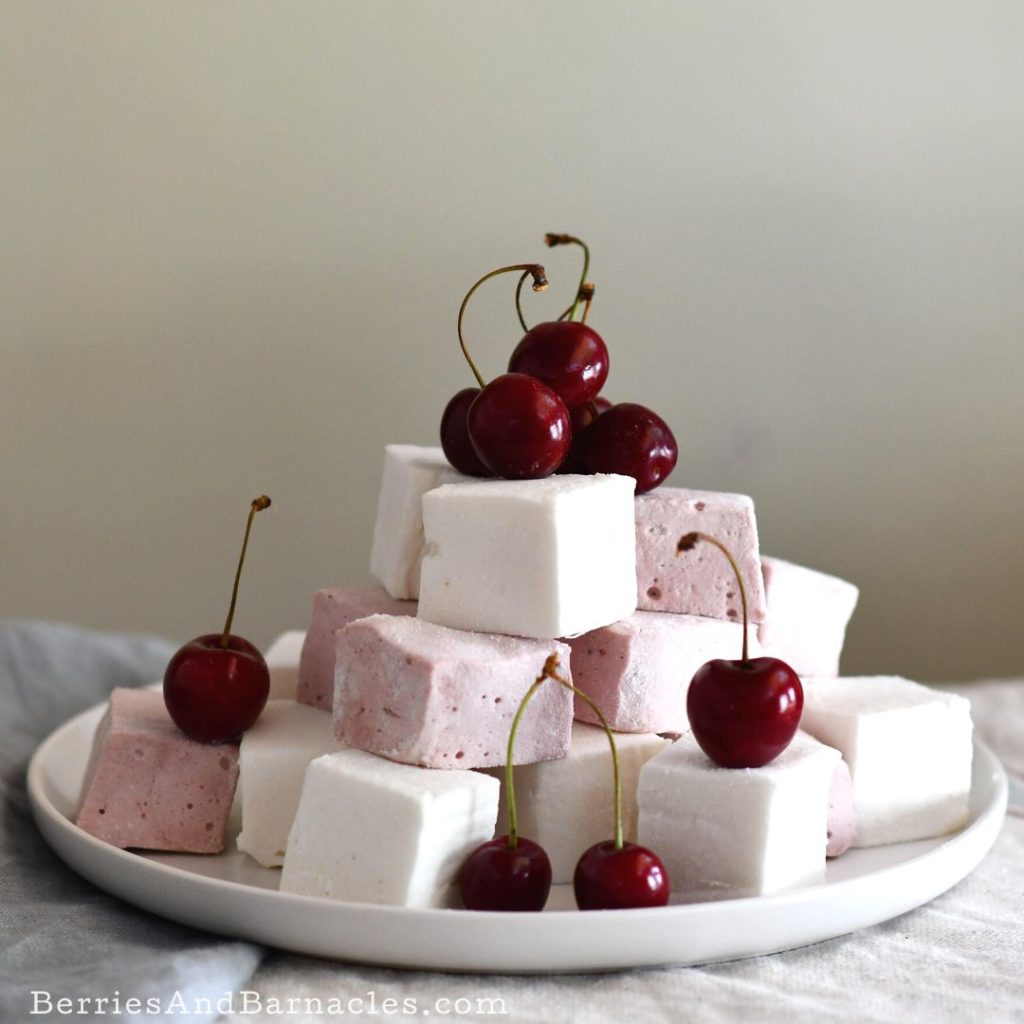
If I soak the lentils at home and dehydrate them, would they cook faster/eliminate the need for soaking at camp?
Yes! That’s a great idea if camp fuel is limited. Cheers, Emillie